Learn : Behavior & Training
Are my dogs playing or fighting?
“Are they snarling or are they grunting?”
“Are they spitting or are they drooling?”
“Are they smiling or are they leering?”
You’ve probably heard just about all of them. For dog parents (especially new dog parents) trying to reward good behavior and discourage bad behavior, distinguishing between play and aggression can be one of the toughest tasks of all.
And the abstract lines of questioning you may hear from well intended friends, relatives and even trainers doesn’t always help.
Look for the obvious signs
Parsing apart the difference between behaviors that present themselves so similarly is nearly impossible, so stick to the obvious tells.
If your dog is playing with another dog…
- You’ll see butts in the air. Often called a “play bow,” dogs who press their front paws to the ground and their rears in the air are typically looking for friendly engagement.
- You’ll see bouncing, hopping and rolling. These carefree, sometimes adorably awkward movements are hallmarks of play.
- You’ll see them taking turns. Sometimes they’ll be the one being chased, sometimes they’ll be the one doing the chasing. This may switch back and forth multiple times over the course of a play session.
If your dog is showing aggression toward another dog...
- You’ll notice them showing their teeth and raising their ears. Clear, defensive posturing from your dog is a sign you may need to cut things off early.
- They’ll make direct, unbroken eye contact with the dog they’re after, rather than playfully engaging with their surroundings.
- You’ll see stiffness, from their ears to their torso to their legs. A frozen dog is often a tense dog, which is a precursor to aggressive behavior.
Deescalation tips
In the right (or wrong) scenario, an innocent bout of playtime can escalate into something more worrisome. Play can quickly morph into aggression once your dog has reached their threshold, which can happen in a number of ways:
- Dogs often feed off the energy of other dogs, and a new entrant to a dog park or playtime situation can heighten anxiety levels
- An accidental bite, nick or mid-play injury can set off a fight or flight reaction in your dog, potentially leading to aggressive behavior
- Arousing smells or particularly tempting foods can prompt resource guarding behavior in your dog, transitioning them from a playful state to an aggressive state
Know your dog’s tendencies. As with most things, the best treatment is prevention. If you’re aware of your dog’s difficulties in larger groups, for example, remove them from the situation as the number of playmates grows.
Take a breather. Many dogs simply need a cool off period once they’ve reached the edge of their leash. If you notice aggressive behaviors in your dog, remove them from the situation as swiftly as you can and walk them out of ear- and eyesight from their playmates. After 5-10 minutes of calm, try reintroducing them.
Keep treats at the ready. If your dog is clicker trained or familiar with certain commands, gain their attention as they’re ramping up, and reward it with a high value treat. Repeat as necessary to calm them down and divert their attention from whatever’s causing stress.


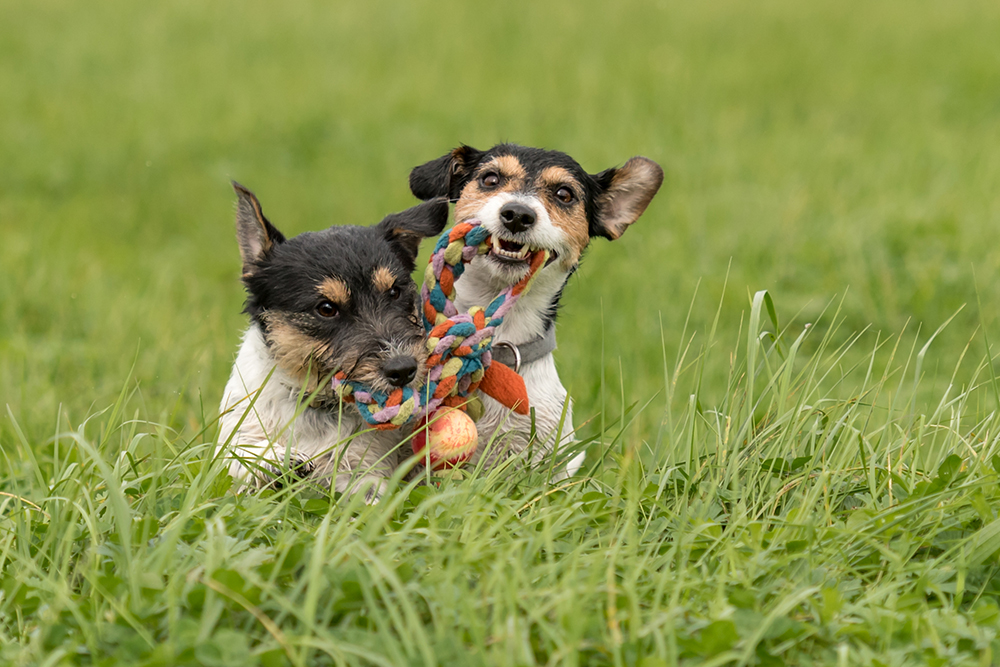
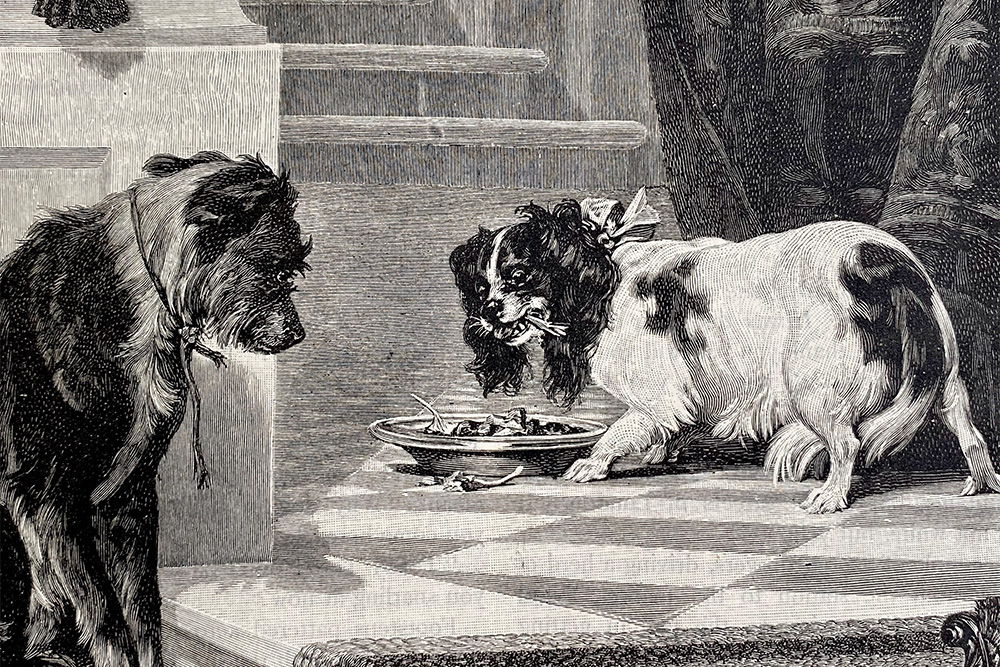 An Annotated History of Dog Food
An Annotated History of Dog Food
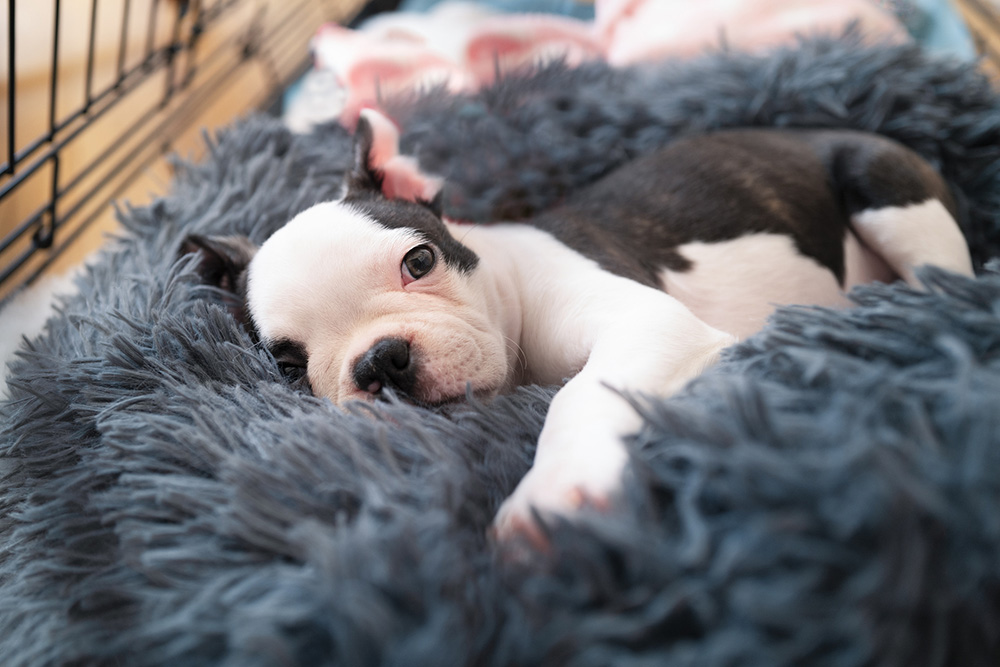 Crate Training a New Puppy
Crate Training a New Puppy
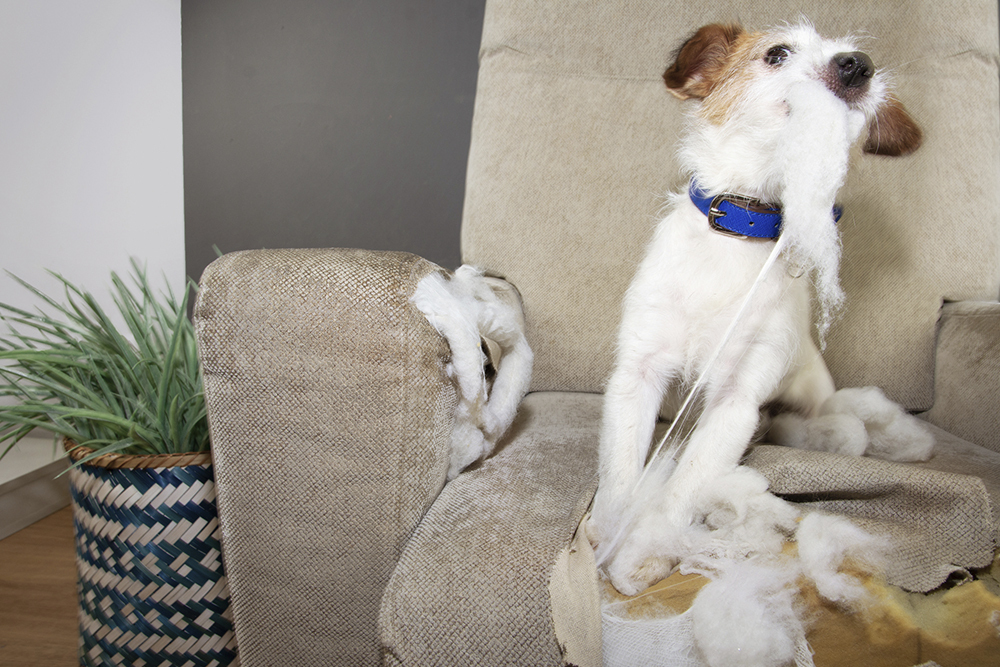 Is it Ever Too Late to Start Training a Dog?
Is it Ever Too Late to Start Training a Dog?
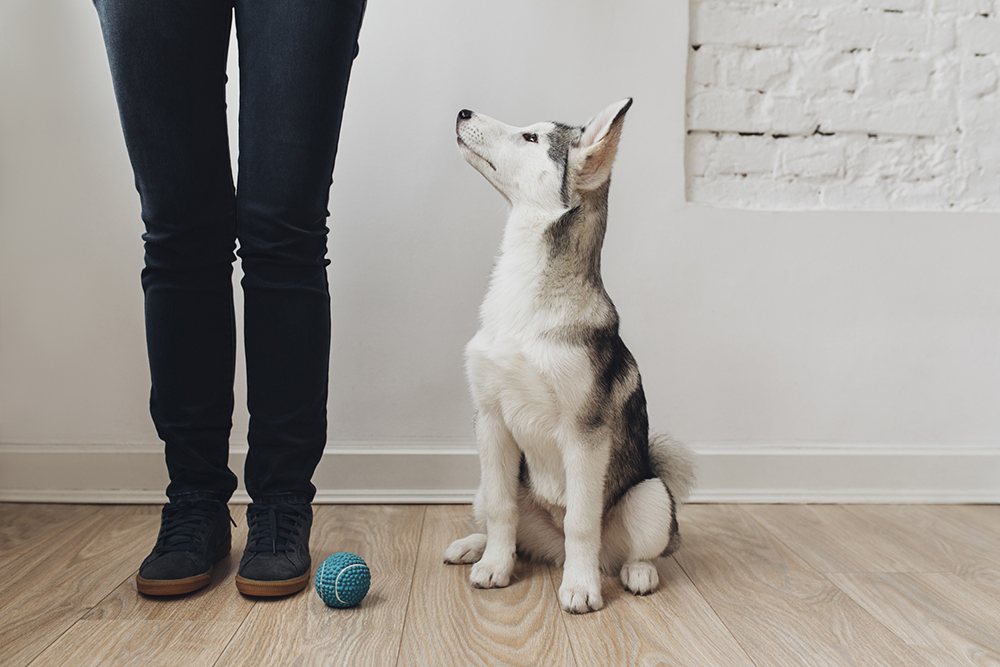 Dog Training Basics
Dog Training Basics
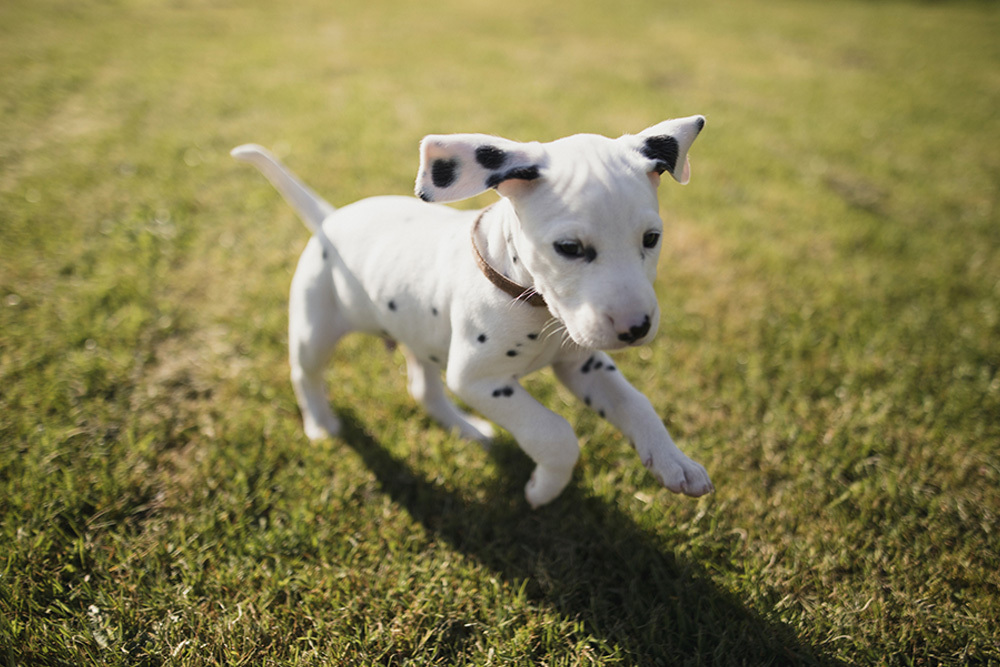 What is the Hardest Dog to Potty Train?
What is the Hardest Dog to Potty Train?
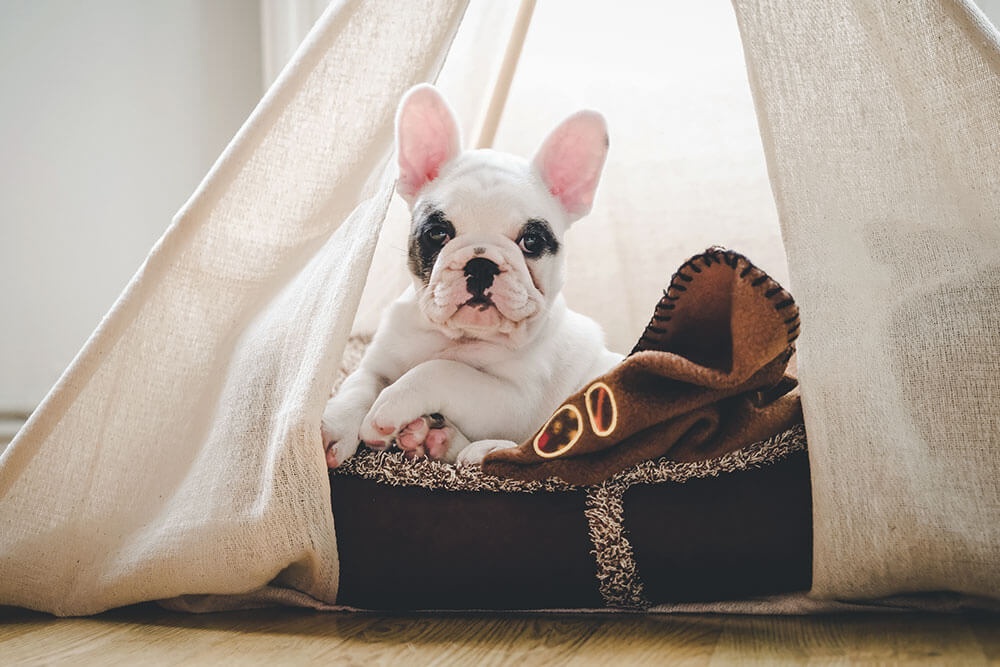 The Summer Boarding Checklist
The Summer Boarding Checklist